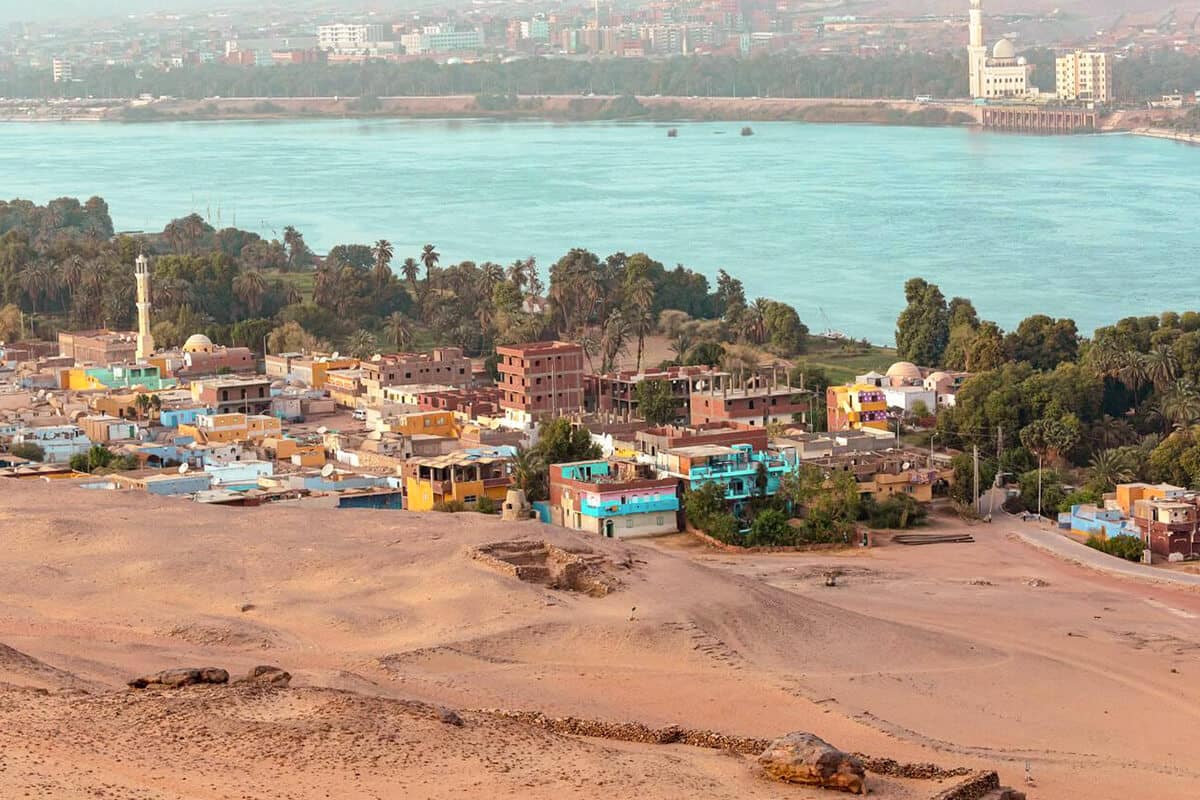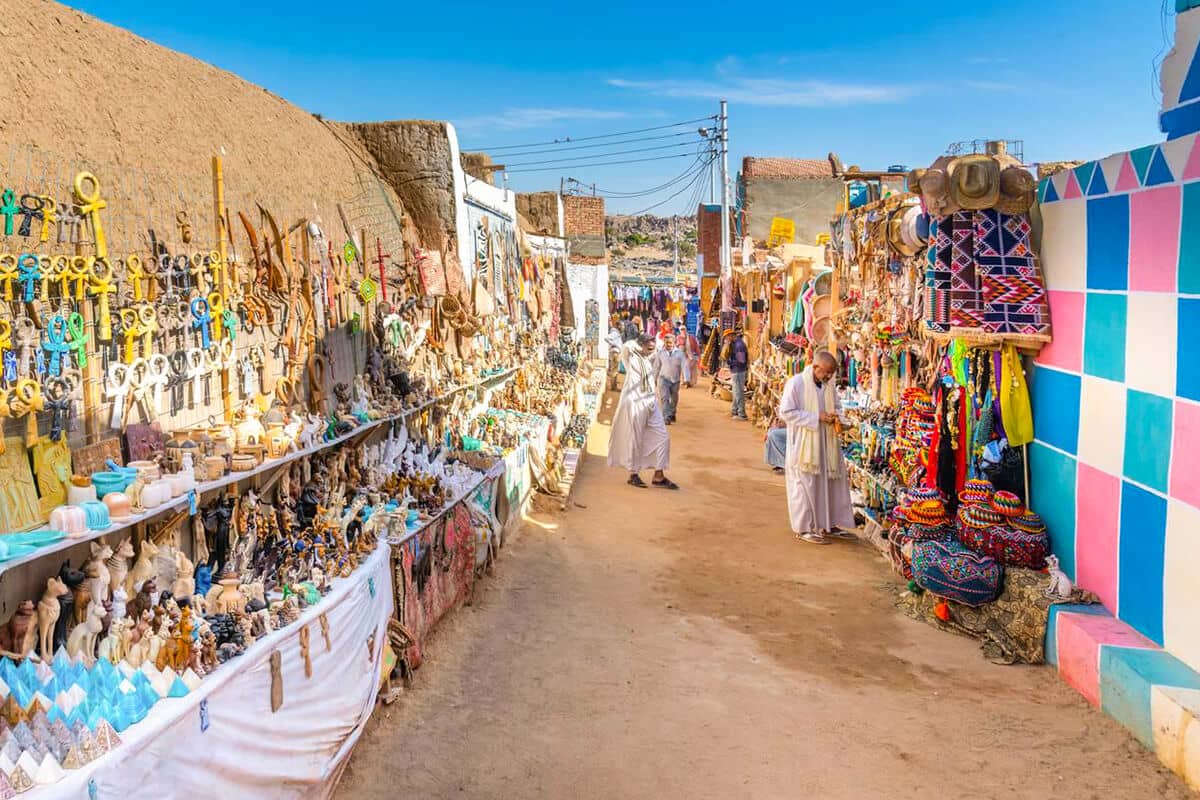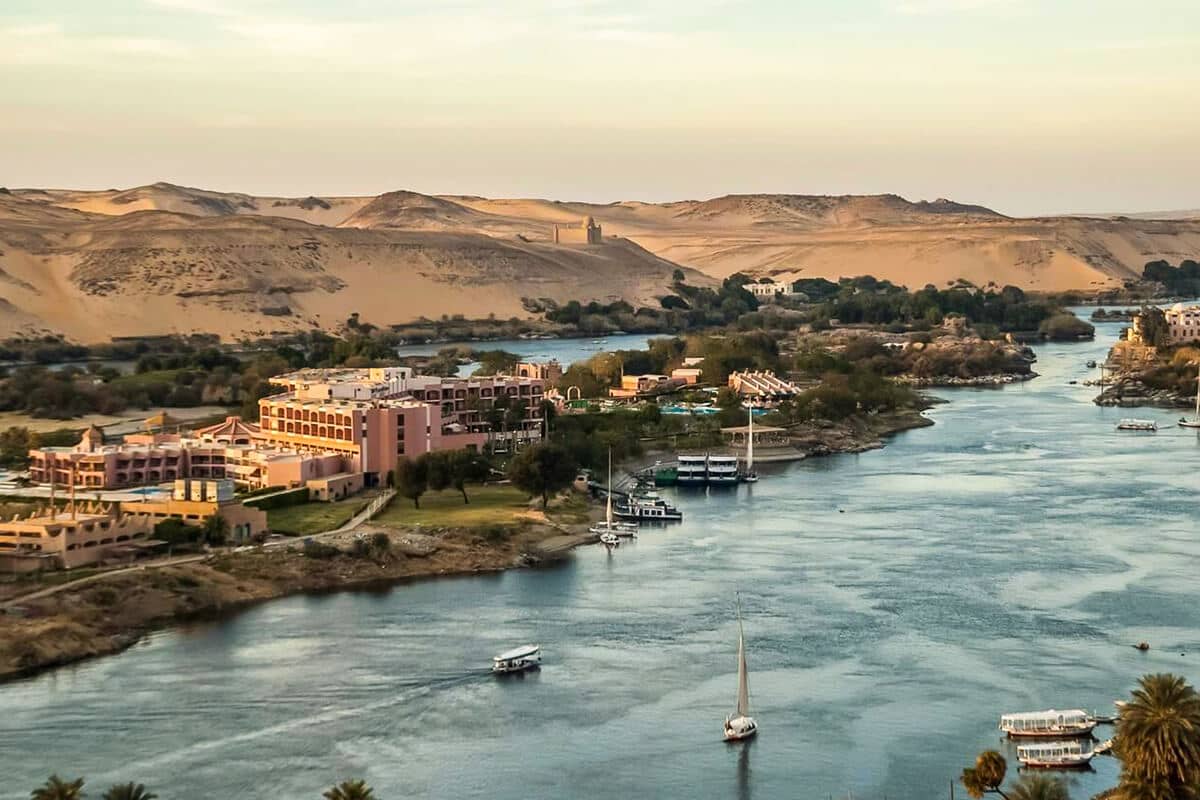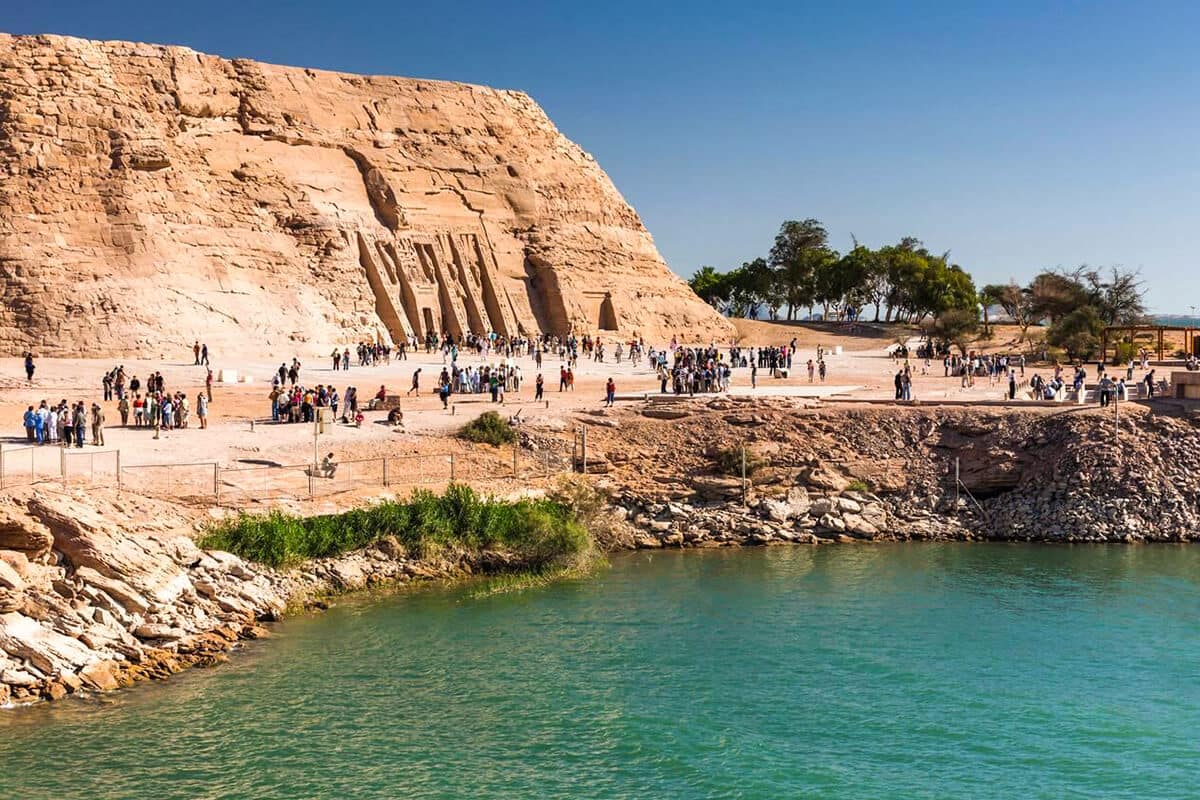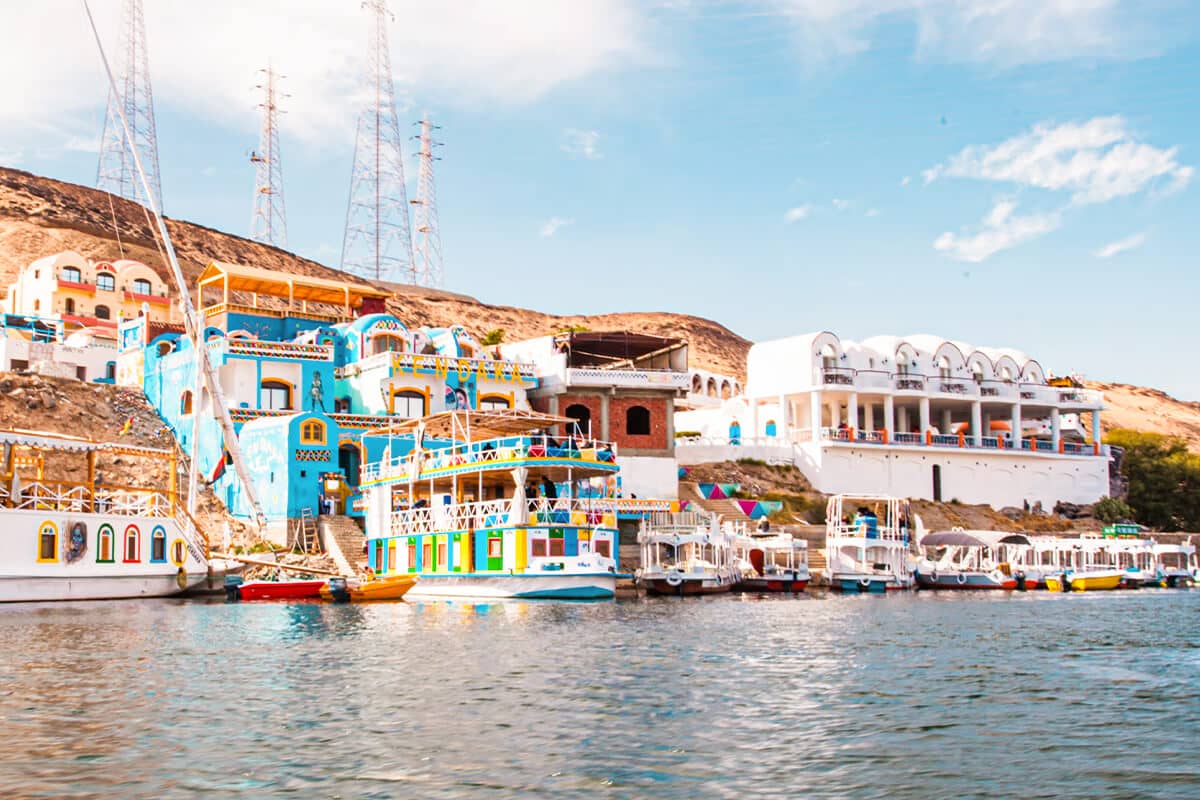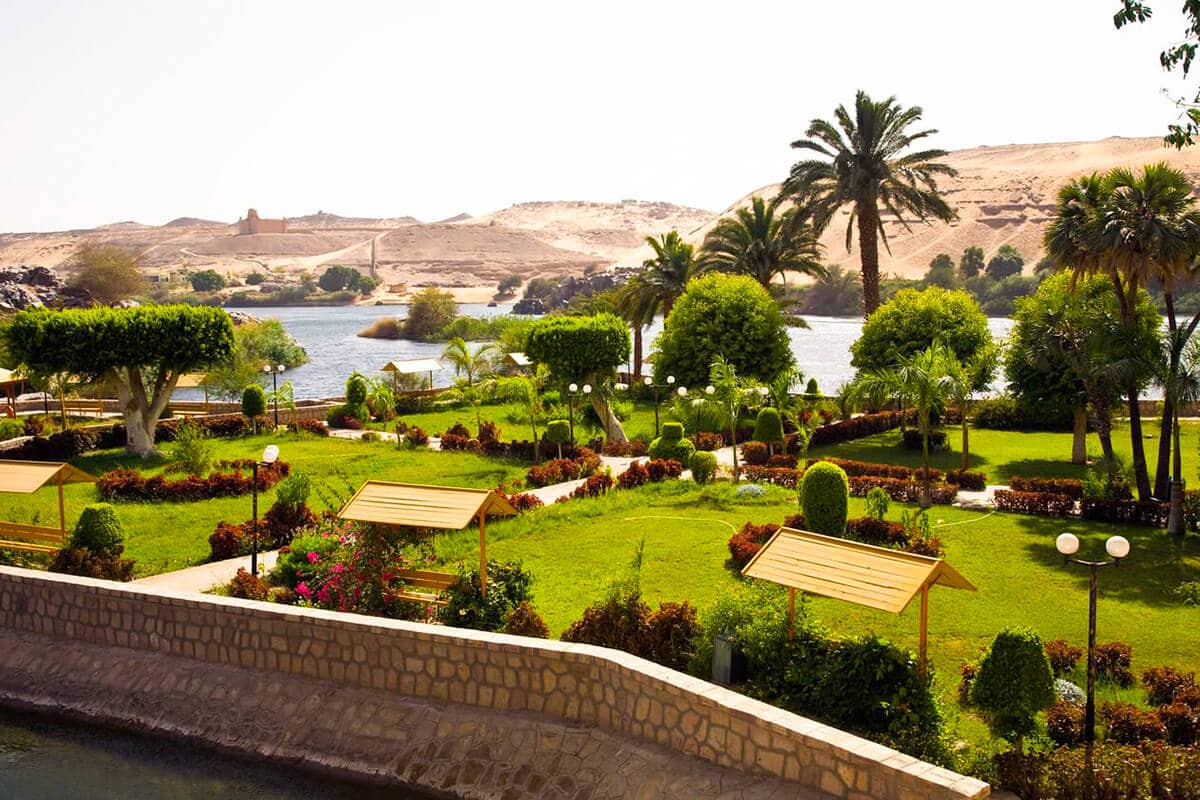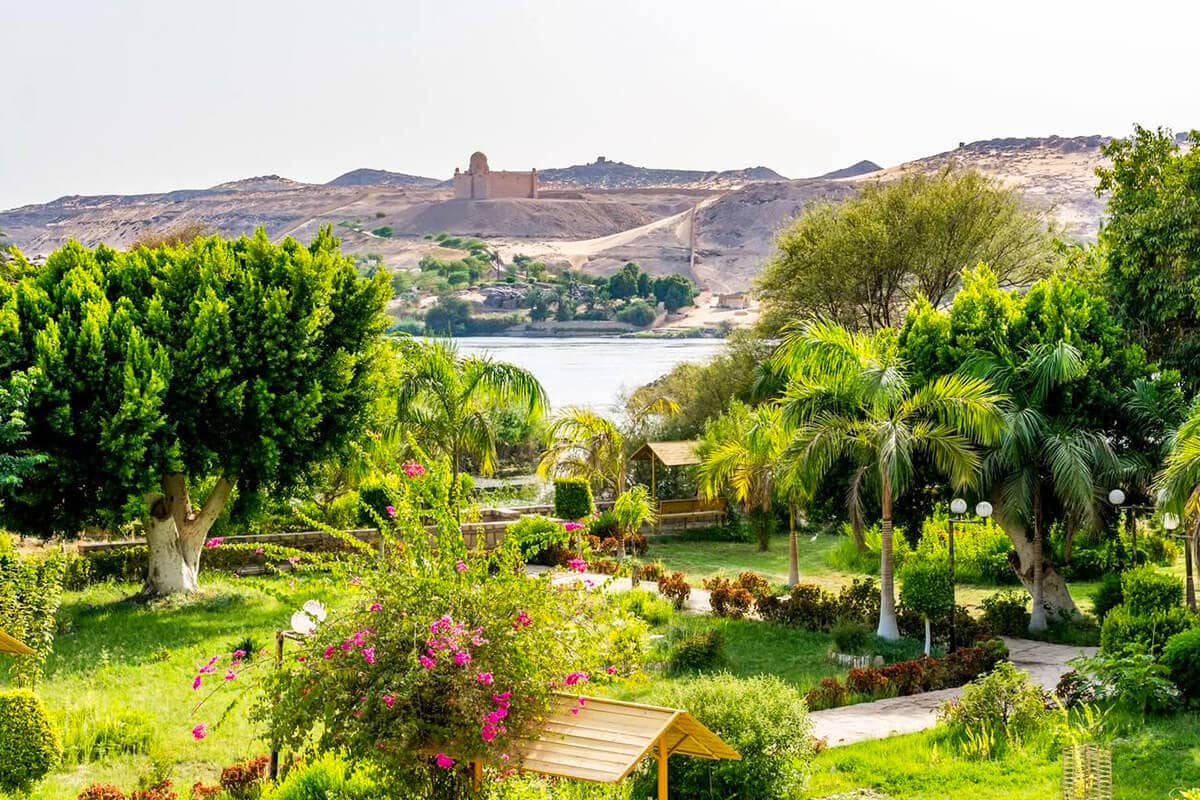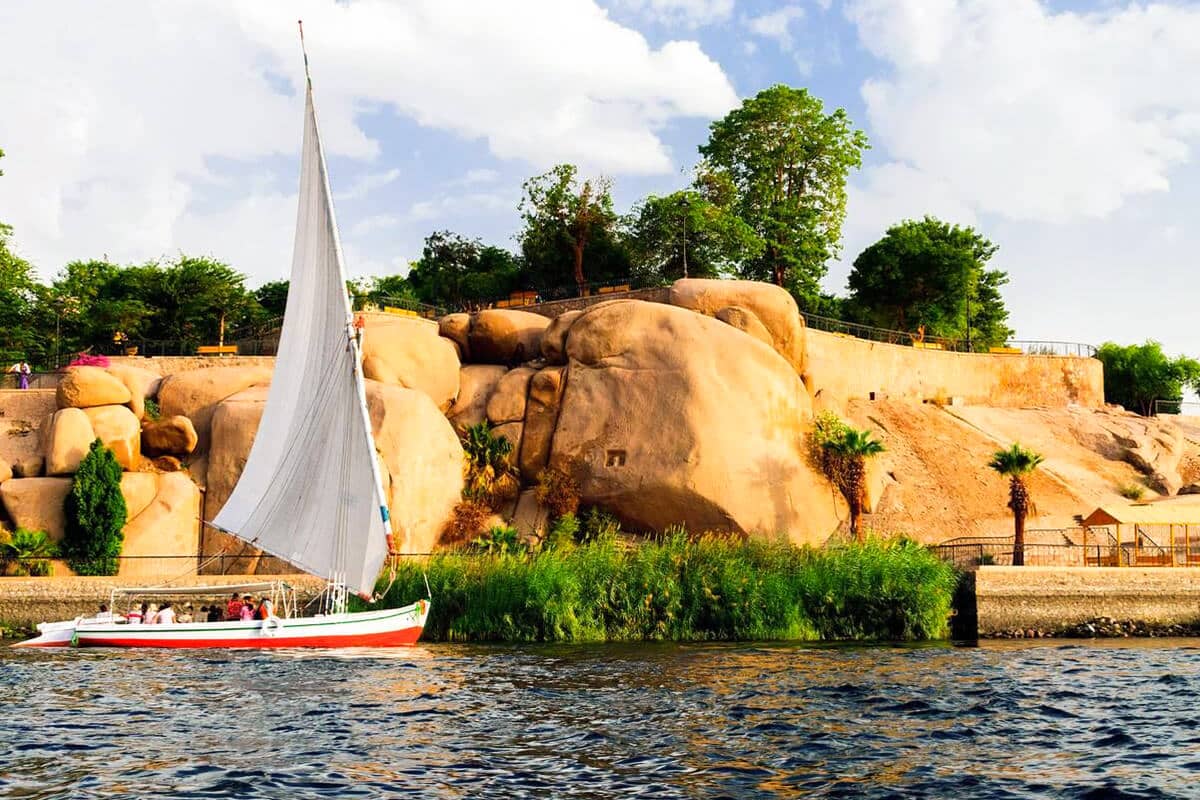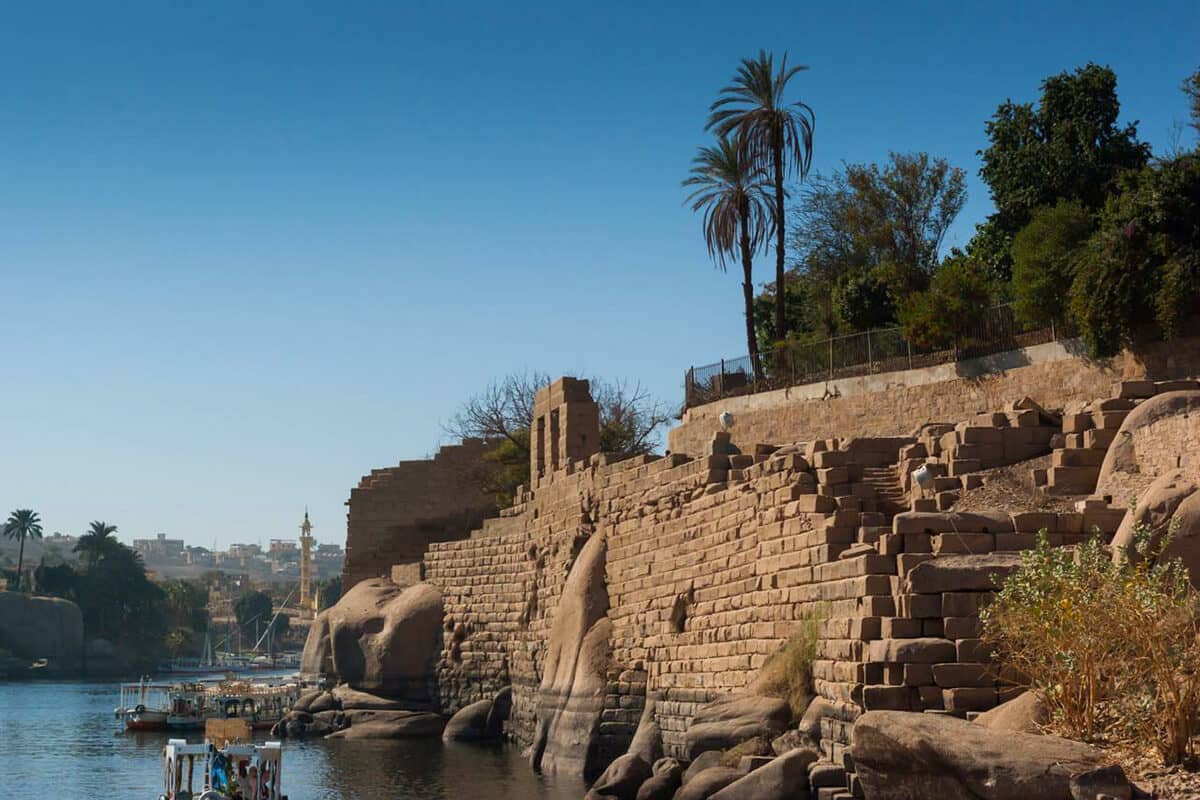The Philae Temple, also known as the Temple of Isis, is an ancient temple complex located on the island of Philae in southern Egypt. The temple dates back to the Ptolemaic period and was considered one of ancient Egypt’s most important religious sites.
This blog post aims to provide Egypt travelers with a comprehensive guide to the Philae Temple. From its rich history and architecture to the best times to visit and tips for exploring the temple complex, this post aims to provide readers with all the information they need to make the most of their visit to this iconic Egyptian landmark. So, whether you’re a seasoned traveler or a first-time visitor to Egypt, this post will surely be a valuable resource.
Overview of Philae Temple
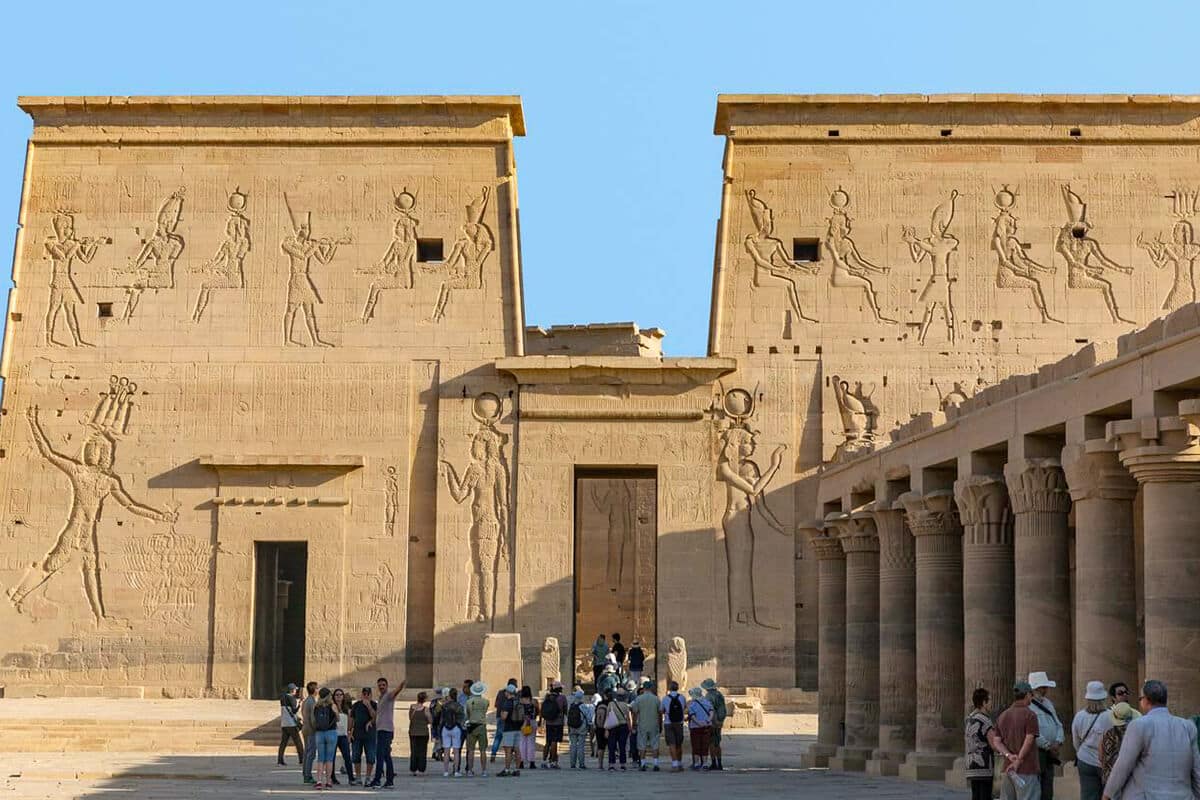
A. Location and Accessibility
The Philae Temple is located on the island of Philae, which is situated in the Nile River in southern Egypt. The island is about 12 kilometers south of Aswan and can be accessed by boat.
Visitors can reach the island of Philae by taking a ferry or a motorboat from the Aswan dock. The journey takes around 20-30 minutes and provides stunning views of the Nile River and the surrounding landscapes.
B. Design and Architecture of the Temple
The Philae Temple complex is a magnificent example of ancient Egyptian architecture and design. The temple was built during the Ptolemaic period, between the 4th century BC and the 3rd century AD, and was dedicated to the goddess Isis.
The temple complex consists of several buildings and structures, including the main temple, the kiosk of Trajan, the mammisi or birth house, and the temple of Hathor. The main temple is the largest structure in the complex and features several towers, courtyards, and halls.
The temple is decorated with intricate carvings, hieroglyphs, and reliefs that depict scenes from Egyptian mythology and history. Visitors can admire the stunning artwork and learn about ancient Egyptian culture and beliefs.
C. Interesting Philae Temple Facts
- The Philae Temple was initially located on the island of Philae. Still, it was relocated to the nearby island of Agilkia in the 1960s due to the construction of the Aswan High Dam.
- The temple was rediscovered in the early 19th century by European explorers and was subsequently restored and reconstructed.
- The temple complex was a filming location for several Hollywood movies, including the 1978 film “Death on the Nile” and the 2001 film “The Mummy Returns.”
- The temple was believed to be a site for miracles and healing, and it was visited by pilgrims from all over Egypt who sought the blessings of the goddess Isis.
- The temple complex features a unique blend of Egyptian and Greco-Roman architectural styles, reflecting the influence of different cultures and civilizations that ruled over Egypt during the temple’s construction.
Overall, the Philae Temple is a must-see attraction for anyone interested in Egyptian history and culture. The temple complex will leave visitors in awe and wonder with its stunning design, rich history, and breathtaking location.
History of Philae Temple

A. Early history of the temple
The Philae Temple has a long and rich history that dates back to the ancient Egyptian period. The island of Philae was considered a sacred site by the ancient Egyptians and was believed to be the burial place of Osiris, the god of the afterlife.
The original temple on the island was built during the 26th dynasty, around 700 BC, and was dedicated to the goddess Isis. Various pharaohs, including Nectanebo II and Ptolemy II, expanded and renovated the temple over the centuries and became a major religious and cultural center.
B. The role of Philae Temple during the Ptolemaic period
During the Ptolemaic period, between the 4th century BC and the 3rd century AD, the Philae Temple reached the peak of its glory and became one of the most important religious sites in Egypt. The temple was a center for worshipping the goddess Isis and was visited by pilgrims from all over the country.
The temple complex was expanded and renovated during this period. Several new buildings and structures were added, including the kiosk of Trajan, the mammisi or birth house, and the temple of Hathor. The temple was also used for various religious ceremonies and festivals, including the Opet Festival, which celebrated the union of the gods Amun and Mut.
C. The decline and abandonment of Philae Temple
After the fall of the Ptolemaic dynasty, the Philae Temple began to decline in importance and was gradually abandoned. Floods, earthquakes, and wars damaged the temple complex, and many of its treasures and artifacts were looted or destroyed.
During the Roman period, the temple was converted into a Christian church dedicated to St. Stephen. The temple remained in use as a church until the 6th century AD, when it was abandoned and fell into ruin.
D. Rediscovery and restoration of Philae Temple
The Philae Temple was rediscovered in the early 19th century by European explorers and archaeologists fascinated by ancient Egyptian culture and history. The temple complex was partially excavated and restored by several archaeologists and Egyptologists, including Auguste Mariette, who discovered the temple’s famous Stele of Revealing.
In the 1960s, the construction of the Aswan High Dam threatened to flood the island of Philae and destroy the temple complex. With the help of UNESCO and several international organizations, the Egyptian government launched a massive rescue and relocation project to save the temple from destruction.
The temple complex was carefully dismantled, stone by stone, and transported to the nearby island of Agilkia, where it was reconstructed and restored to its former glory. The temple was officially reopened to the public in 1980 and has since become a popular tourist destination and a symbol of Egypt’s rich cultural heritage.
Today, visitors to the Philae Temple can explore the temple complex and admire its stunning architecture, intricate carvings, and beautiful artwork. The temple is a testament to the ancient Egyptians’ ingenuity, creativity, and spiritual beliefs, and it is a source of inspiration and wonders for people from all over the world.
In conclusion, Visiting the Philae Temple is an unforgettable experience that will leave you in awe of the temple’s beauty and grandeur. The temple’s stunning architecture, intricate carvings, and beautiful artwork are a testament to the creativity and skill of the ancient Egyptians. Whether you are a history buff, an art lover, or a spiritual seeker, the Philae Temple is a destination that should not be missed.
If you want to cruise through Nile River check out Egypt Nile River cruises
Don’t miss to check out our All-inclusive egypt vacation packages you can spend one day in egypt, check out in Egypt day tours





